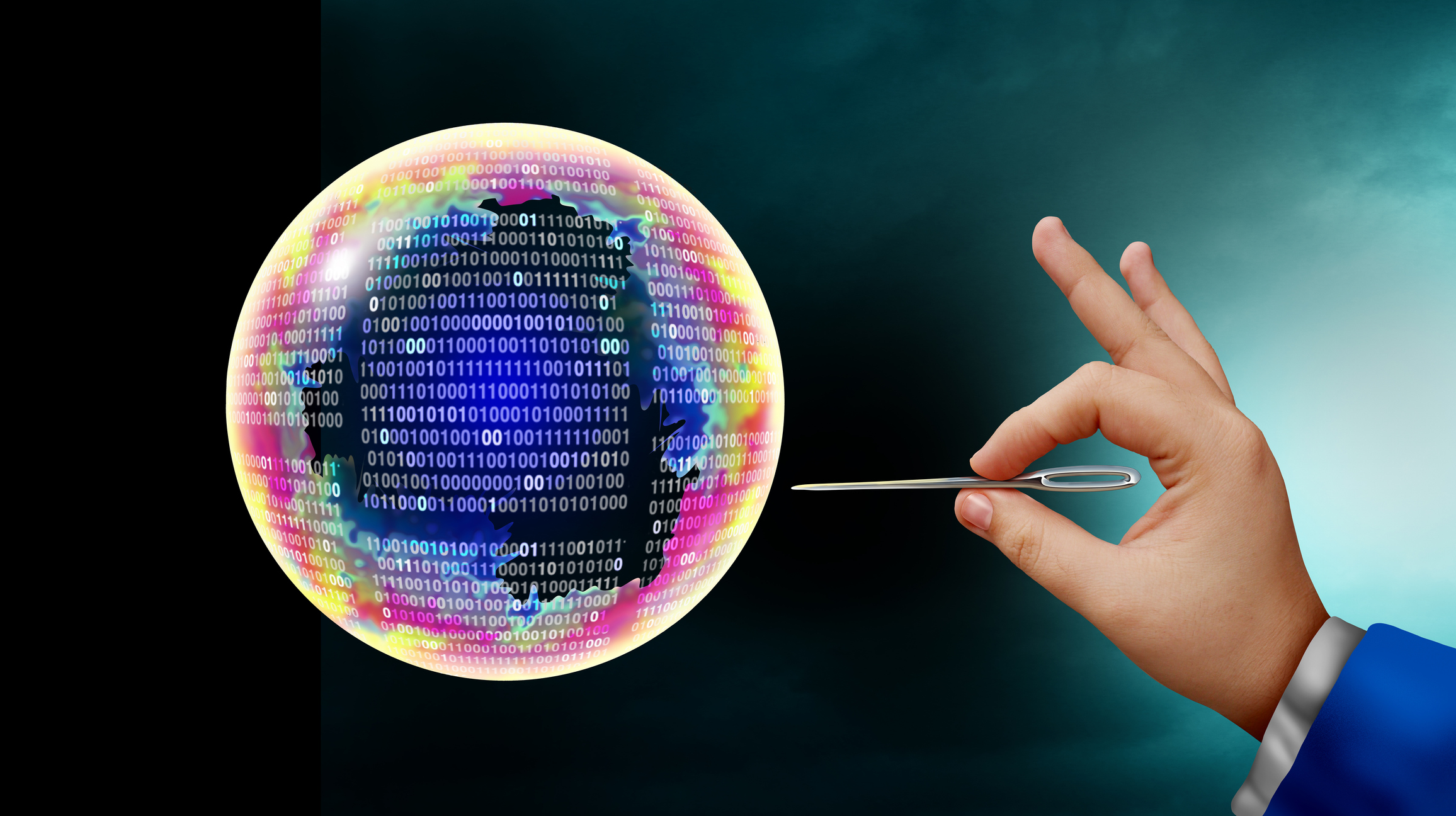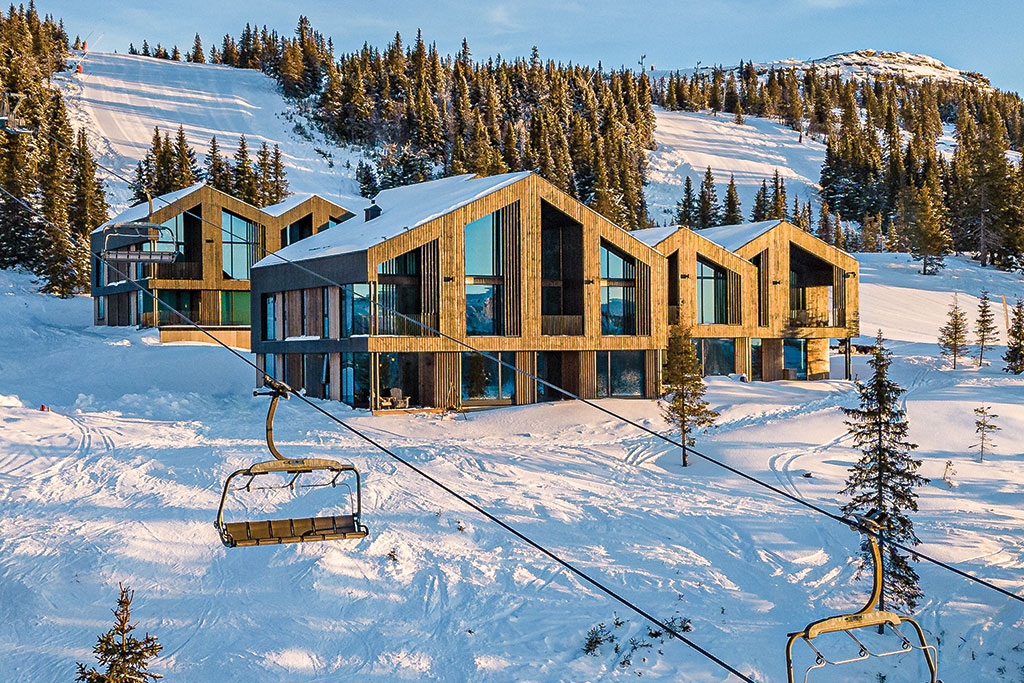Ride the global market rebound with bargain British stocks
The Bank of England has expanded its quantitative easing (QE) programme. That bodes well for British stocks – which have not been this cheap compared to their global counterparts since 1973.

The Bank of England has expanded its quantitative easing (QE) programme in response to the second English lockdown. The Monetary Policy Committee (MPC) voted last week to buy £150bn more government bonds with printed money, taking the total value of its quantitative easing programme to £895bn, about 40% of 2019 UK GDP. The Bank also forecast that it will be early 2022 before the UK economy returns to its pre-pandemic level.
The Bank’s new bout of bond-buying comes as government borrowing spirals ever higher, says Liam Halligan in The Daily Telegraph. Since March, the Bank has printed “more than three times what we spend on the NHS in an entire year”. Soon it will “own almost half the entire store of UK public debt”. The “historic precedents” for such rampant money-printing are hardly comforting. That such a “dangerous and controversial economic policy” has been undertaken with scarcely any public debate is “utterly mad”.
For now, however, yet more liquidity bodes well for British equities – which have not been this cheap compared to their global counterparts since 1973, as Stefan Wagstyl points out in the Financial Times. There are good reasons for the steep UK discount: the FTSE has a glaring “shortage of tech stocks”. Thanks to Covid our economic performance looks likely to be “among the weaker developed economies” over the next two years, which will hit company profits. Foreign businesses “don’t have to contend with Brexit” uncertainty either. Yet from AstraZeneca to Diageo the UK market boasts savvy global operators. Some of the top blue-chips earn up to 70% of their profit overseas. Things are bad now, says Wagstyl, but are they really as bad as 1973 when “strikes... and power cuts” left me “to do my homework by candlelight”?
MoneyWeek
Subscribe to MoneyWeek today and get your first six magazine issues absolutely FREE

Sign up to Money Morning
Don't miss the latest investment and personal finances news, market analysis, plus money-saving tips with our free twice-daily newsletter
Don't miss the latest investment and personal finances news, market analysis, plus money-saving tips with our free twice-daily newsletter
Get the latest financial news, insights and expert analysis from our award-winning MoneyWeek team, to help you understand what really matters when it comes to your finances.
Alex is an investment writer who has been contributing to MoneyWeek since 2015. He has been the magazine’s markets editor since 2019.
Alex has a passion for demystifying the often arcane world of finance for a general readership. While financial media tends to focus compulsively on the latest trend, the best opportunities can lie forgotten elsewhere.
He is especially interested in European equities – where his fluent French helps him to cover the continent’s largest bourse – and emerging markets, where his experience living in Beijing, and conversational Chinese, prove useful.
Hailing from Leeds, he studied Philosophy, Politics and Economics at the University of Oxford. He also holds a Master of Public Health from the University of Manchester.
-
 What are my retirement income options?
What are my retirement income options?We’re all told to save into a pension, but there’s widespread confusion about how to take an income from our savings and investments at retirement, a new study has found. We look at your retirement income options.
-
 UK interest rates: will the Bank of England lower rates?
UK interest rates: will the Bank of England lower rates?The Bank of England’s Monetary Policy Committee’s (MPC) final interest rates meeting of the year takes place tomorrow (18 December) and most experts expect a cut
-
 British blue chips offer investors reliable income and growth
British blue chips offer investors reliable income and growthOpinion Ben Russon, portfolio manager and co-head UK equities, ClearBridge Investments, highlights three British blue chips where he'd put his money
-
 Coreweave is on borrowed time
Coreweave is on borrowed timeAI infrastructure firm Coreweave is heading for trouble and is absurdly pricey, says Matthew Partridge
-
 Renewable energy funds are stuck between a ROC and a hard place
Renewable energy funds are stuck between a ROC and a hard placeRenewable energy funds were hit hard by the government’s subsidy changes, but they have only themselves to blame for their failure to build trust with investors
-
 Profit from document shredding with Restore
Profit from document shredding with RestoreRestore operates in a niche, but essential market. The business has exciting potential over the coming years, says Rupert Hargreaves
-
 The war dividend – how to invest in defence stocks as the world arms up
The war dividend – how to invest in defence stocks as the world arms upWestern governments are back on a war footing. Investors should be prepared, too, says Jamie Ward
-
 Literacy Capital: A trust where great returns fund a good cause
Literacy Capital: A trust where great returns fund a good causeThere’s plenty to like about specialist private-equity trust Literacy Capital, says Max King
-
 An AI bust could hit private credit – could it cause a financial crisis?
An AI bust could hit private credit – could it cause a financial crisis?Opinion Private credit is playing a key role in funding data centres. It may be the first to take the hit if the AI boom ends, says Cris Sholto Heaton
-
 8 of the best ski chalets for sale now
8 of the best ski chalets for sale nowThe best ski chalets on the market – from a traditional Alpine-style chalet in Switzerland to an award-winning Modernist building in Japan’s exclusive ski areas